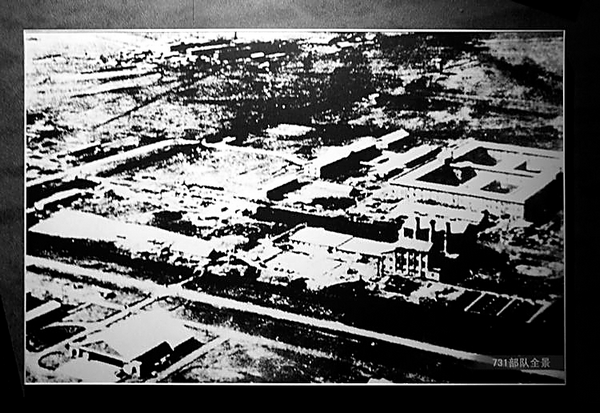

At the Khabarovsk trial, which met with derision and denial in the West-Keenan, the IPS chief of counsel, denounced it as a Russian "show trial"-12 Japanese, including Karasawa, were convicted of conducting biological warfare or performing inhuman medical experiments. Karasawa, whom Wang believed was the first to speak about human experiments, was sentenced to 18 years' imprisonment and committed suicide when it was announced that he was to be released and repatriated to Japan with the other Japanese POWs in 1956.
In the preface of his revised edition, Harris cites a bill passed by the US Congress in 2000 that "mandates all government agencies to disclose any information held concerning actions of the Japanese Imperial Army that would constitute a war crime".
That work, by a government Interagency Working Group (IWG), did not start until May 2003, nine months after Harris' death. Lasting until March 2007, the declassification yielded 100,000 pages of materials on Japan's war crimes. Yet "there were still a lot of loopholes in the name of national security or to that effect", Barenblatt said.
In an email to China Daily, Yang Daqing, a history professor at Georgetown University who had acted as an IWG consultant, said: "Involved government agencies including the CIA sent their heads of their own in-house archives. While we historians could ask them to look for documents on certain subjects, these government officials shared with us what they found.
"We never heard that there were documents that could not be declassified. In theory those documents may exist, but I had no way of knowing."
In 2006, Barenblatt traveled to Changde, Hunan province, the site of a major Japanese plague attack in 1941, which led to more than 7,000 deaths. There, he met Yoshio Shinozuka, who worked at Unit 731's headquarters in Pingfang, where the germs spread in Changde were cultured and tested on victims.
One of those who had come to their conscience, Shinozuka testified in 2000 at court on behalf of the 180 Chinese led by Wang in their compensation lawsuit. Two years earlier in 1998, while trying to attend a photo exhibit on Unit 731 held in the US, he became the first former member of the unit who was turned away from entering the country.
In Changde for a conference on Japan's biological warfare, Shinozuka told Barenblatt how he, then 20 years old, helped prepare for dissection an "intelligent-looking man" who had been "systemically infected with plague germs" and whom he knew because "I had taken his blood once for testing".
"As the disease took its toll, his face and body became totally black. Still alive, he was brought on a stretcher by the special security forces to the autopsy room," said Shinozuka, who later washed the man's body with a rubber hose and a deck brush, under the watch of the chief pathologist.
"Shinozuka told me he'd never forget the glare of hate his victim directed at him as they were cutting into him," Barenblatt said. "One can't help but think what the victim must have been thinking toward the end of his life, that the world has got to know this."